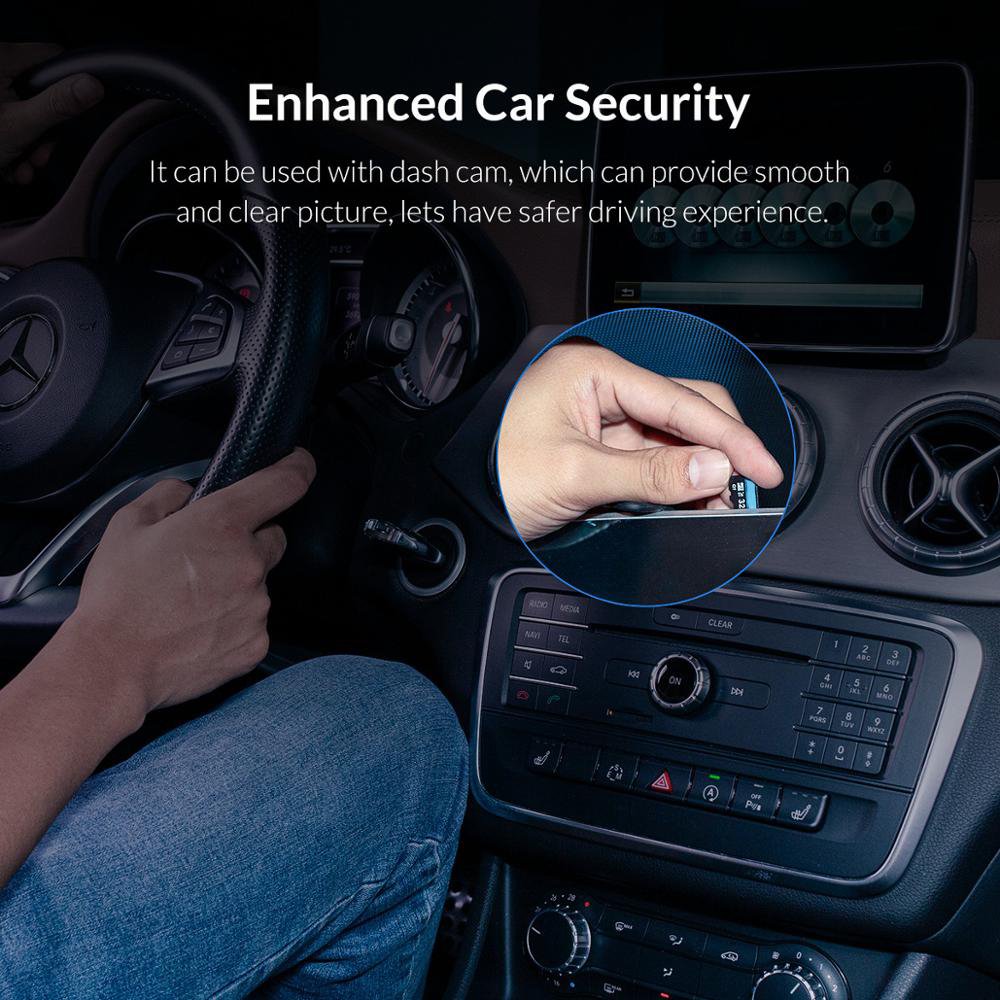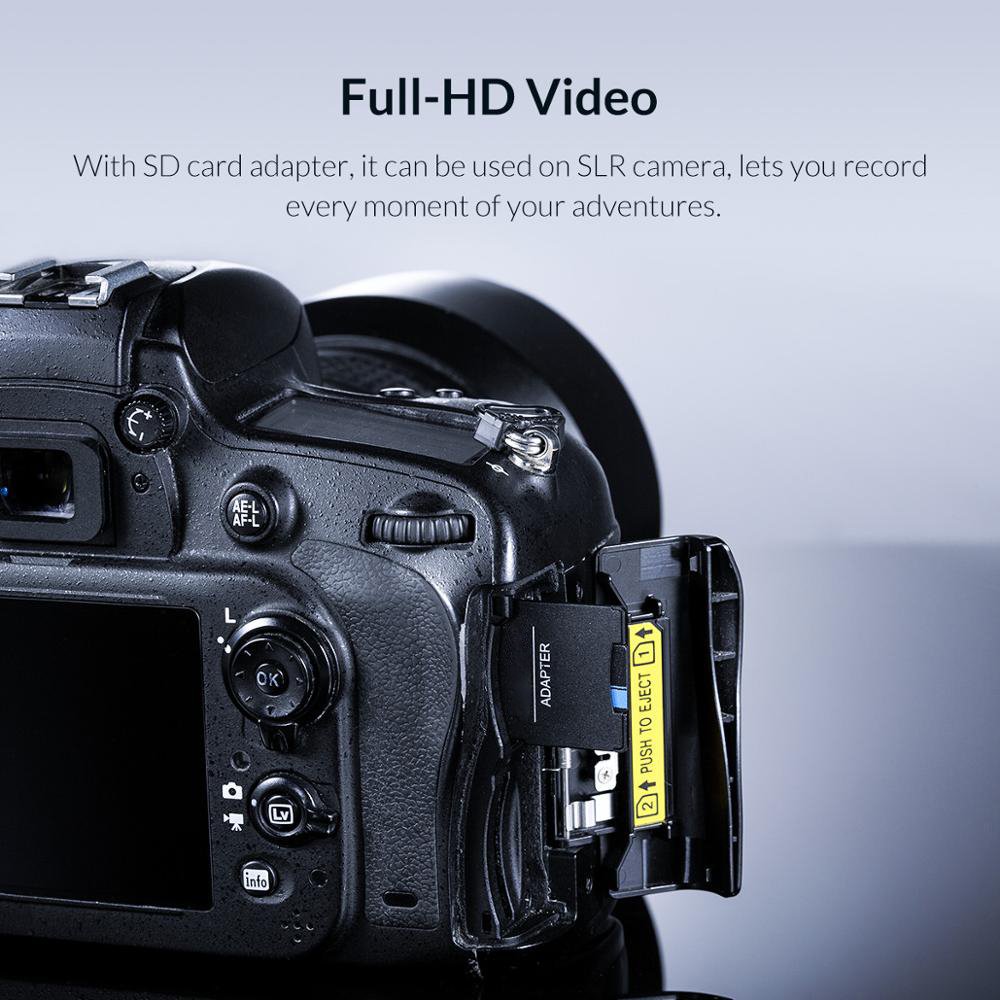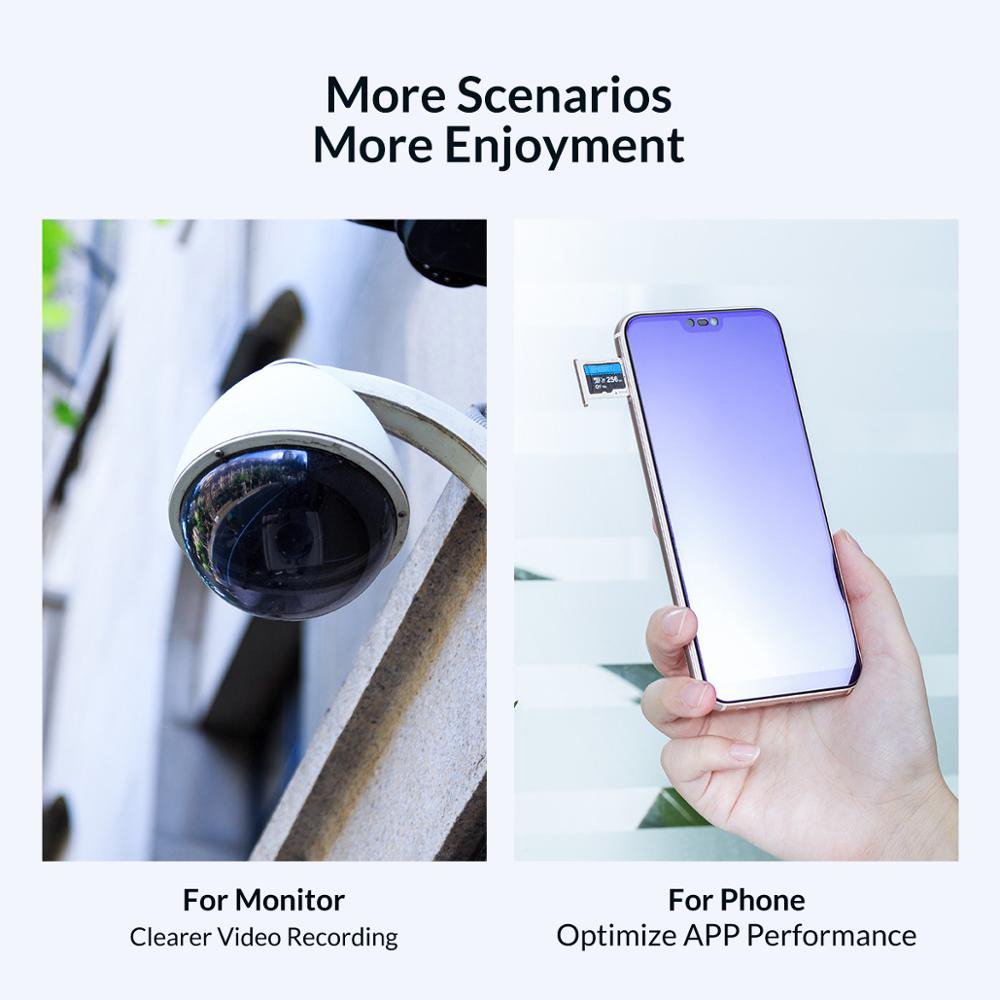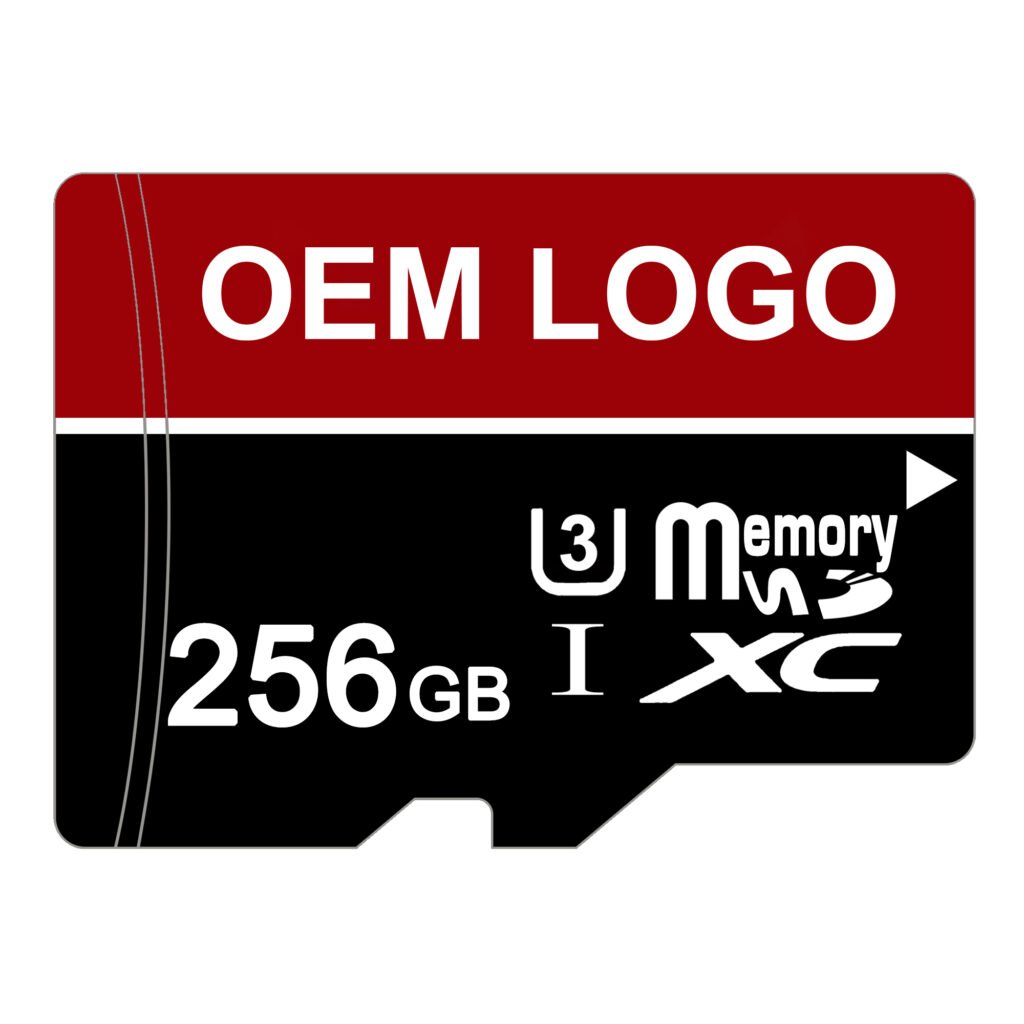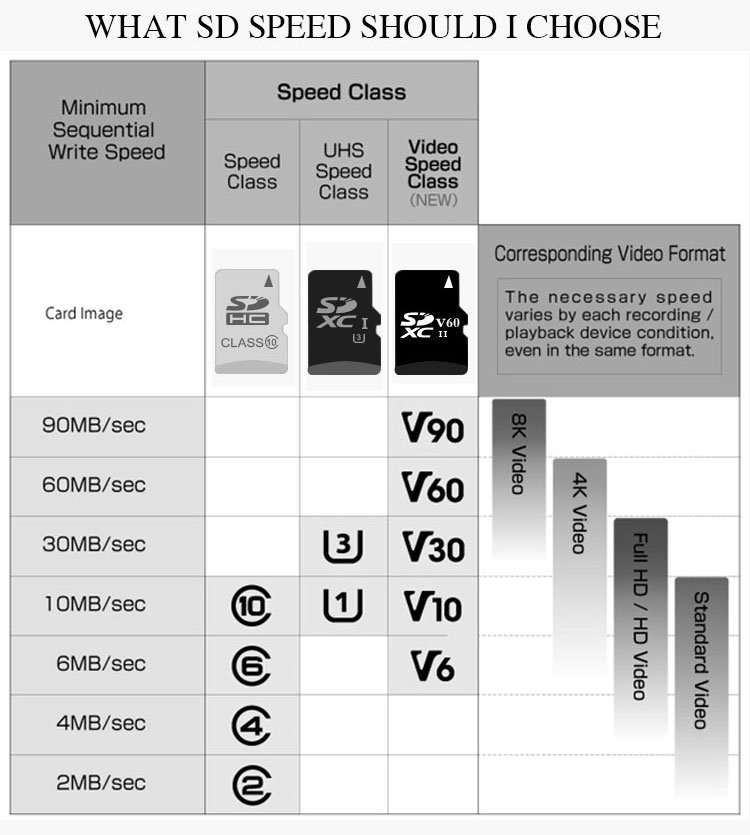Real-World Speed Test: 256GB QLC microSD Card (H2testw Benchmark)
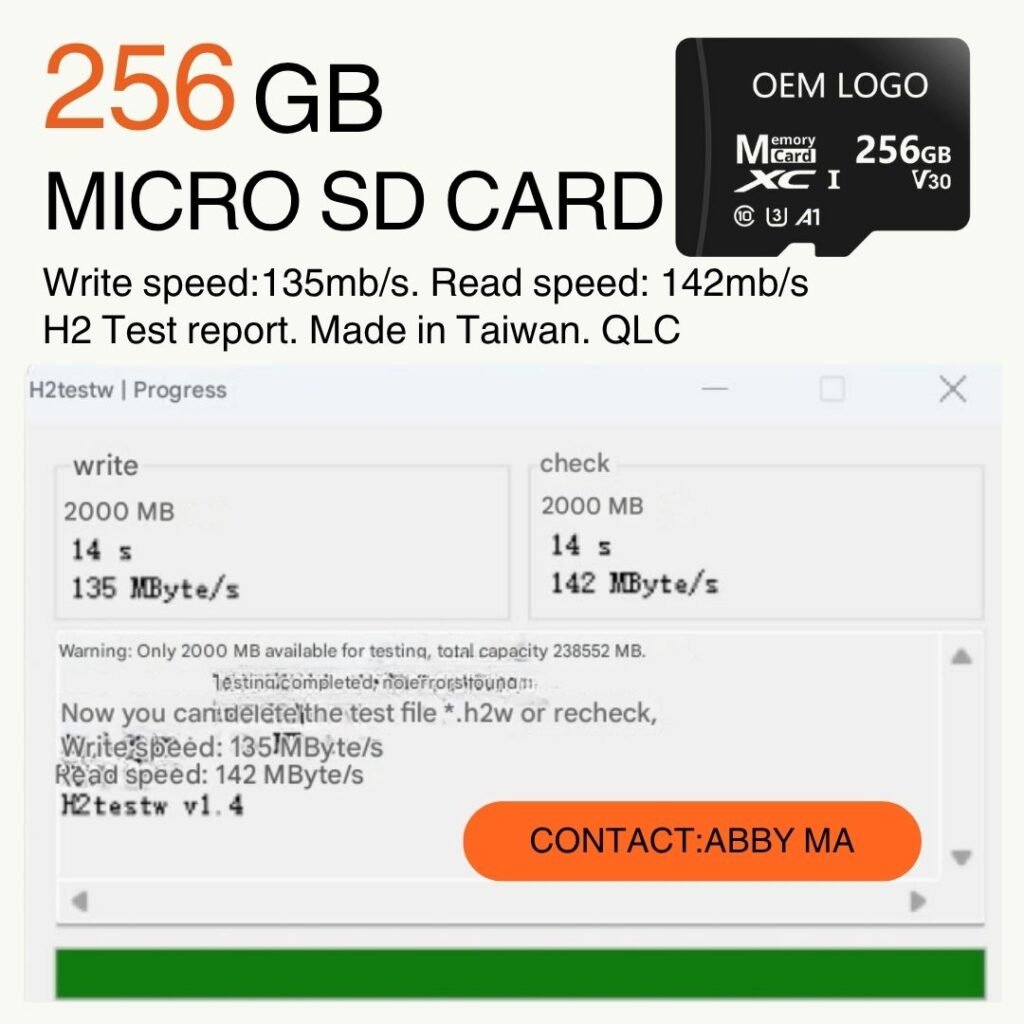
If you’re looking for a high-capacity microSD card with reliable performance, this 256GB QLC-based microSD card might catch your attention. But how does it perform in real-world speed tests? I ran an H2testw benchmark, a trusted tool for storage validation, to check its actual speed and capacity. Here’s what I found.
01
Benchmark Results at a Glance
Advertised Capacity: 256GB
Actual Usable Space: 238,552MB (approximately 238.5GB)
Sequential Write Speed: 135 MB/s
Sequential Read Speed: 142 MB/s
02
Storage Capacity Verification
Many users worry about fake capacity in microSD cards, but this one passed H2testw’s full write/read cycle without errors. The actual usable space, 238.5GB, aligns with standard formatting losses—no surprises here.
03
Speed Performance (QLC NAND Impact)
QLC (Quad-Level Cell) NAND offers higher density but typically slower write speeds compared to TLC or SLC. However, this card delivered:
– Write: 135 MB/s
– Read: 142 MB/s
04
Is This a Good Buy?
If you need high capacity at a reasonable price, this card is a solid choice. However, if you require long-term heavy write workloads, such as continuous dashcam recording, a TLC or SLC-based card might be more durable.
05
Final Verdict
Good for: Smartphones, drones, action cameras, Nintendo Switch, and general storage.
Consider alternatives if: You need extreme endurance, such as for security cameras.
06
Recommended Tools for Testing
– H2testw (Free, checks real capacity and speed)
– CrystalDiskMark (For detailed speed benchmarks)
